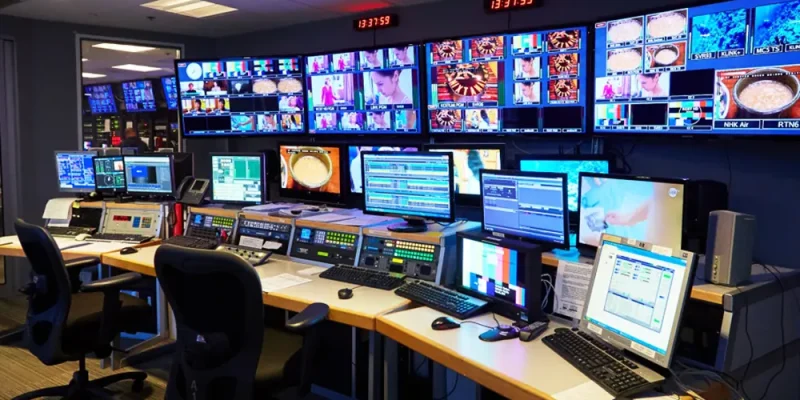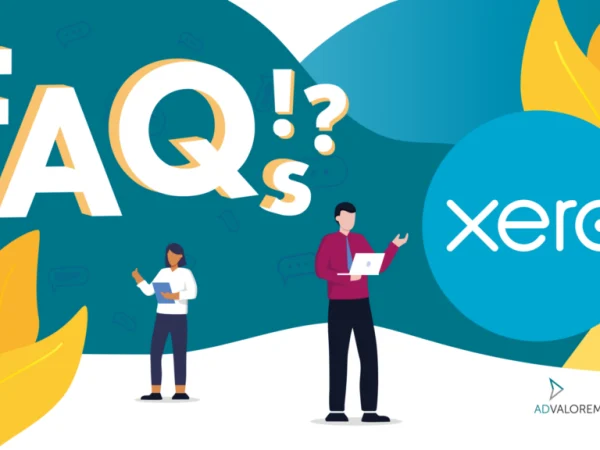What Is a Remote Broadcast? Full Guide to Off-Site Broadcasting

In today’s fast-paced, tech-driven media world, the ability to broadcast live from virtually anywhere is no longer a luxury—it’s a necessity. That’s where the remote broadcast comes in.
Whether you’re covering a sports event, a political rally, a live concert, or a radio segment from a local business, remote broadcasting enables media professionals to deliver high-quality content outside of the studio.
This article breaks down what a remote broadcast is, how it works, equipment needed, and best practices for success.
What Is a Remote Broadcast?
A remote broadcast refers to a live or recorded media transmission—radio, TV, or digital—conducted outside a traditional studio. It’s often used to deliver on-location reporting, interviews, or special events, offering a real-time connection between the broadcaster and audience.
Common Use Cases:
- Live news coverage
- Radio station promotions from local businesses
- Sporting events and concerts
- Emergency or weather broadcasts
Corporate or educational livestreams
How Does a Remote Broadcast Work?
Remote broadcasting typically involves transmitting audio and/or video from an off-site location to a central studio or audience using various technologies.
Core Components Include:
- On-site broadcasting equipment (microphones, cameras, mixers)
- Transmission method (internet, satellite, cellular, ISDN, or IP codecs)
- Control center or studio (to receive, manage, and rebroadcast the signal)
With advancements in technology, even a smartphone and internet connection can now facilitate a basic remote broadcast.
Equipment Needed for Remote Broadcasts
Depending on the scale and format (radio, TV, digital), the gear will vary. Here’s a basic checklist:
| Equipment | Purpose |
| Portable audio mixer | Manages audio inputs and levels |
| Wireless microphones | Captures voices clearly without cables |
| IFB (Interruptible Foldback) | Allows communication between talent and studio |
| Camera or camcorder | Captures video footage for live or recorded use |
| Encoder/streaming device | Converts audio/video for transmission |
| Internet connection (4G/5G/WiFi/Satellite) | Transmits content in real-time |
| Backup power/batteries | Ensures uninterrupted coverage |
Methods of Transmission
Remote broadcasts rely on a variety of transmission options, such as:
- IP over Internet: Using dedicated streaming apps or hardware codecs
- Cellular Bonding: Combines multiple 4G/5G connections for stability
- Satellite Uplink: Common in professional TV broadcasts
- ISDN Lines: Older tech, still used in high-fidelity radio applications
- Cloud-Based Platforms: Tools like StreamYard, Zoom, or OBS for streaming
Benefits of Remote Broadcasting
- Flexibility: Broadcast from virtually anywhere
Audience Engagement: Viewers/listeners feel closer to the action
Cost-Effective: Reduces need for permanent infrastructure
Crisis Resilience: Keeps media active during emergencies (e.g., pandemics)
Brand Promotion: Businesses use remote radio spots for local exposure
Best Practices for a Successful Remote Broadcast
- Test Equipment Beforehand
Always check audio, video, and internet speed before going live. - Have Redundancy Plans
Bring backups: extra batteries, mic cables, and even a second network source. - Scout the Location
Know your broadcast area—power availability, lighting, noise levels. - Use Professional Encoding Tools
Invest in reliable streaming encoders and broadcasting software. - Engage the Audience
Use interviews, audience Q&A, or giveaways to build interest. - Ensure Clean Audio
Poor audio kills engagement. Always use windshields and monitor sound.
Remote Broadcasts in Modern Media
Remote broadcasting is no longer limited to professionals. Thanks to platforms like YouTube Live, Facebook Live, Twitch, and TikTok, anyone can set up a remote broadcast using a smartphone.
At the professional level, broadcasters use remote production (REMI) workflows, where only the camera crew is on-site, and the production team operates from a centralized location—cutting costs and streamlining efficiency.
Conclusion
From radio hosts doing live shows at local diners to global sports broadcasters covering the Olympics, remote broadcasting is now an essential part of content creation. It enables flexibility, reaches wider audiences, and keeps content relevant and responsive to real-time events.
As technology continues to improve, expect even greater adoption of remote broadcasts across industries—not just in media, but also in education, corporate communications, and marketing.
FAQs
1. What is a remote broadcast?
A remote broadcast is a live or recorded media transmission conducted outside a studio, often used for news, radio, or event coverage.
2. What equipment is needed for a remote broadcast?
Common gear includes microphones, cameras, mixers, internet access, and encoders or streaming tools.
3. How is a remote broadcast transmitted?
Via internet (IP), cellular bonding, satellite, ISDN, or cloud platforms depending on the scale and quality needed.
4. Can I do a remote broadcast from a phone?
Yes, with live streaming apps and a strong internet connection, smartphones can enable basic remote broadcasts.
5. What are common challenges in remote broadcasting?
Connectivity issues, poor audio quality, and technical malfunctions are the most frequent obstacles.
Also read: What Is a Fee Simple Absolute Estate? Meaning, Rights, and Real Estate Significance











